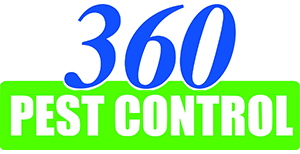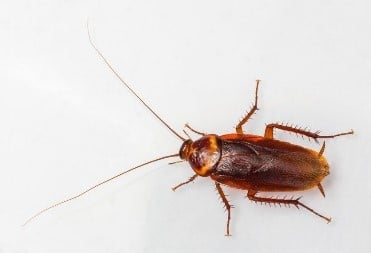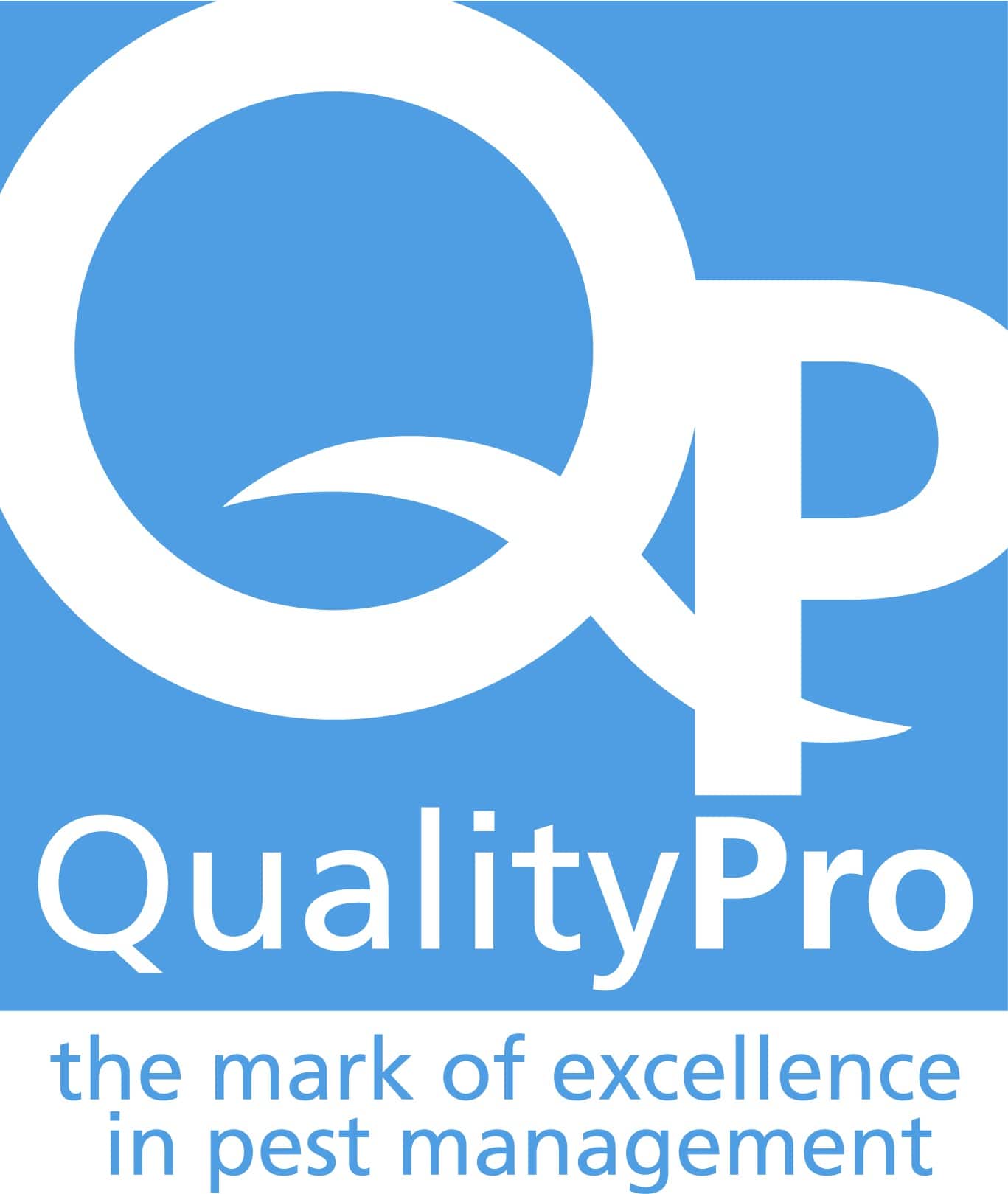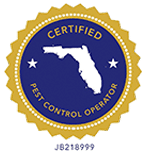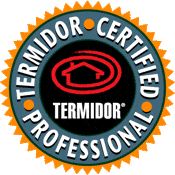Domestic Cockroaches
Florida is home to many species of cockroach but luckily for us, only two primary domestic species prefer to live entirely within our homes/offices.

German Cockroach
German Cockroaches prefer to live in warm, humid places close to food and moisture sources. They leave small droppings which resemble “pepper” and they leave a distinctive musty odor.
German cockroaches may spread disease such as E. coli and Salmonella and they promote allergies and asthma when we inhale their fecal droppings.
They reproduce rapidly and one female can produce 200 – 300 offspring in a year.
Brownbanded Cockroach
Brownbanded cockroaches prefer warm, dry locations such as ceilings, attics, upper cabinets, electronic equipment, light fixtures and dry places above 80 degrees F. They hide their eggs cases in or under furniture. They avoid water and bright light.
Brownbanded cockroaches are vectors of disease as they carry many microorganisms and spread pathogens. They are a major contributor to allergies and asthma attacks in children.
They reproduce rapidly and one female can produce 200 – 300 offspring in less than a year. Their life cycle is about 206 days.
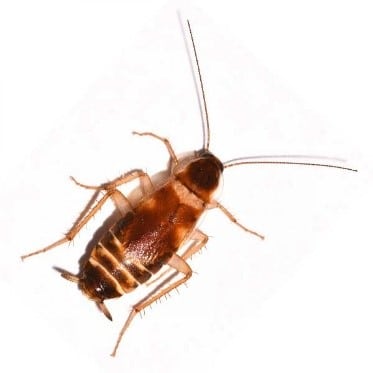
Peridomestic Cockroaches
Periodomestic cockroaches are those which live outdoors but will invade our homes/offices in search of food, shelter and water. Our most common invaders are the American, Smokybrown, Florida Woods, Surinam, Australian, Cuban and Asian cockroaches. Most outdoor or periodomestic cockroaches are large whereas the domestic cockroaches are small (around ½ inch).
Treatment for periodomestic cockroaches is rarely needed as they will return outdoors and rarely develop a nest indoors with some exceptions:
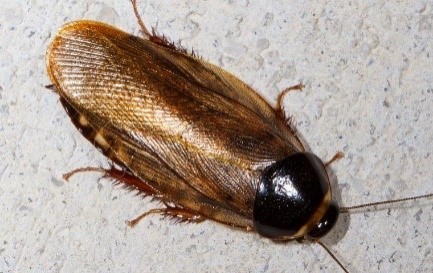
Surinam Cockroach
A surinam cockroach is a burrowing cockroach which nests in the soil of potted plants. They are often introduced to our homes/offices when we bring in potted plants from nurseries, particularly in exotic plants.
They are primarily an outdoors cockroach, but they will live inside structures which are warm and humid.
Sewer Dwelling Cockroaches
Sewer dwellers such as the American and Oriental cockroaches can become a major problem in structures with compromised or damaged sewer drain lines. Finding an infestation of these cockroaches inside is almost a guarantee of a faulty sewer system.
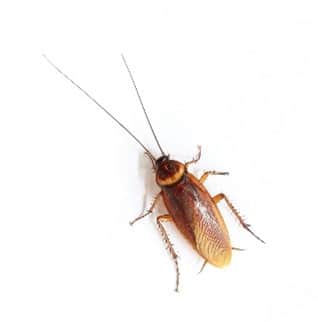
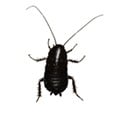
How do we treat cockroaches?
First, we identify the specie of cockroach present. Treatment measures will depend upon the specie present.
Domestic Cockroach Treatment
(German or Brownbanded) will be dependent upon the severity of the infestation. Treatment options include:
- Mechanical removal
- Flushing agents
- Liquid treatment
- Sticky traps or monitoring pads
- Baiting program
Peridomestic Cockroach Treatment
(American or Oriental). As mentioned above, a large infestation of American or Oriental cockroaches may indicate problems with sewer/drain lines. Occasional invaders may not require any treatment.
- Inspection and assessment
- Liquid treatment
- Granular treatment
- Flushing agents
- Exclusion
If you are considering hiring us for cockroach treatment, we ask that you not disturb anything or clean out cabinets. Altering the environment may cause the cockroaches to scatter and seek deeper harborage. We want them to be comfortable. Call us today for help at (904) 637-1109.
Contact Us for Residential and Commercial Pest Control